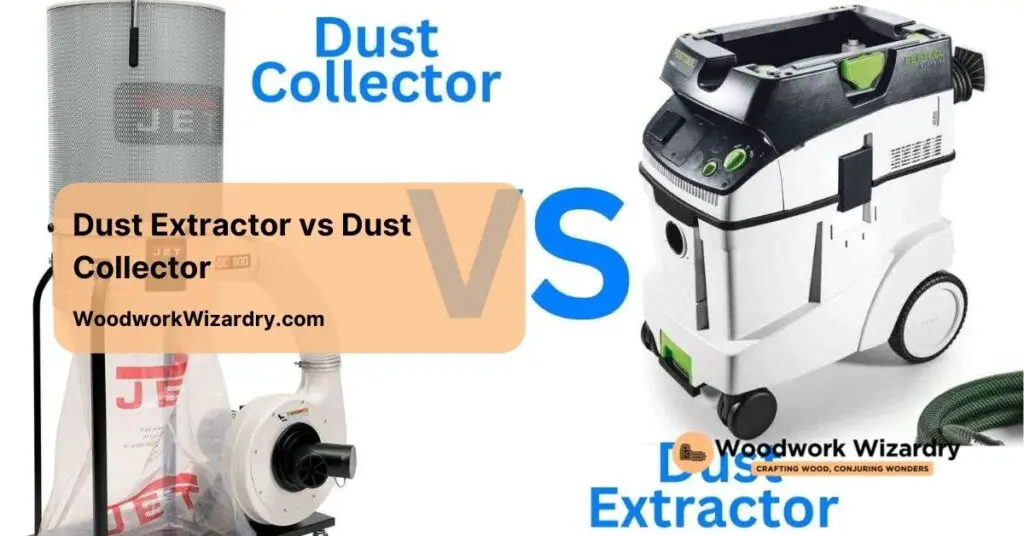When it comes to keeping your workspace clean and safe, choosing between a dust extractor and a dust collector can feel overwhelming. Both promise to tackle dust, but they serve different purposes and cater to distinct needs. Whether you’re a DIY enthusiast or a professional woodworker, understanding the difference is key to making the right investment.
Imagine breathing easier, working more efficiently, and extending the life of your tools—all by picking the right equipment. A dust extractor might offer portability and precision, while a dust collector could handle large-scale debris with ease. The choice isn’t just about cleaning up; it’s about creating a healthier, more productive environment.
Dust Extractor Vs Dust Collector: Key Differences
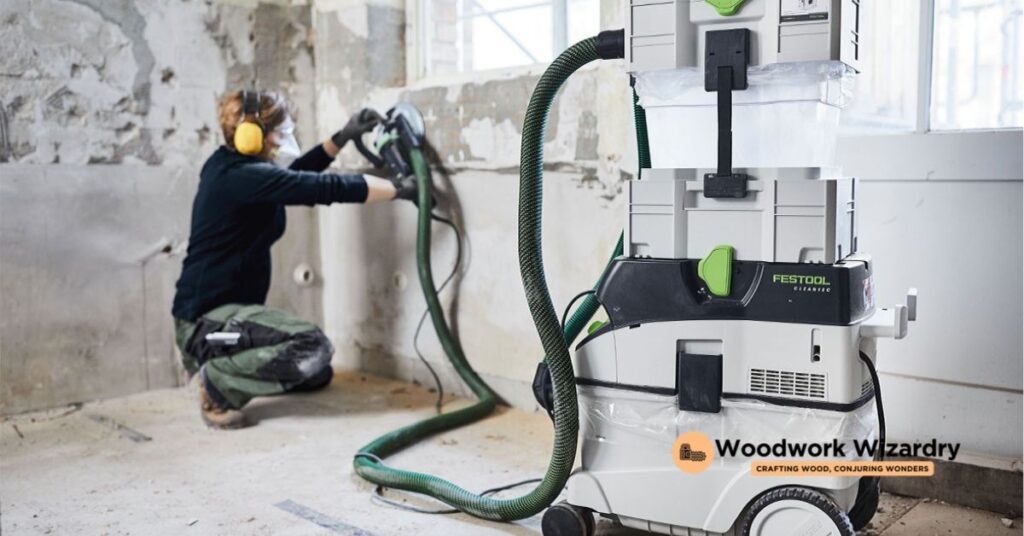
Understanding the differences between a dust extractor and a dust collector helps you choose the right tool for your workspace. Each device serves a exact purpose, customized to varying dust management needs.
What Is A Dust Extractor?
A dust extractor is a compact tool designed for portability and precision. It uses powerful suction to capture fine dust particles directly from the source. This tool works well for smaller-scale tasks like sanding, drilling, or using handheld power tools. Many extractors incorporate HEPA filters to ensure minimal airborne particles, making them ideal for maintaining clean and healthy work conditions. Their lightweight design allows easy relocation.
What Is A Dust Collector?
A dust collector is a high-capacity system engineered to manage larger debris and heavy dust loads. These machines are stationary and designed for long-term use, connecting to stationary equipment such as planers, saws, or jointers. Dust collectors typically rely on large dust bins and efficient filters to handle high volumes of waste. They suit workshops with extensive dust generation, providing consistent performance in larger spaces.
Primary Uses And Applications
Dust extractors excel in detailed tasks requiring mobility and precision, such as when you’re working with power tools like orbital sanders or routers. They effectively collect fine dust particles that pose health risks or interfere with small, delicate operations.
Dust collectors perform best in heavy-duty scenarios, such as woodworking shops where machines create large chips and debris. Their ability to manage continuous waste production makes them suitable for setups involving fixed equipment. For workspaces with extensive material removal demands, a collector is a more practical choice.
Performance Comparison
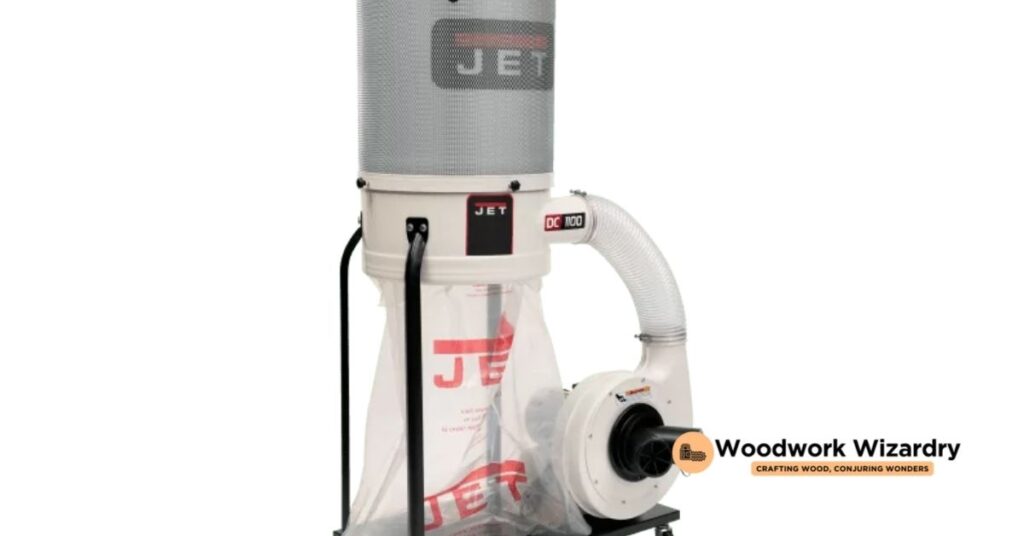
Comparing dust extractors and dust collectors highlights their distinct capabilities in managing workspace cleanliness. Each tool excels in exact areas, depending on filtration, power, airflow, and noise factors.
Filtration Efficiency
Dust extractors typically achieve superior filtration with built-in HEPA filters. These filters capture particles as small as 0.3 microns, making them ideal for controlling fine dust generated by sanding and drilling. For projects involving hazardous dust types, this efficiency ensures safer air quality. In contrast, dust collectors focus on handling larger debris and heavier dust, relying on standard multi-stage filters that are less effective for fine particulate management. This limits their role in reducing airborne contaminants.
Power And Airflow
Dust collectors deliver higher power output and significantly greater airflow capacity. These systems often operate with CFM ratings exceeding 1,000, enabling effective management of large volumes of coarse dust and debris from equipment like jointers or planers. Dust extractors, but, prioritize portability with lower CFM ratings, ranging between 50 and 150, suitable for personal or job-site tasks. While dust extractors excel in tool-exact suction, their airflow intensity may not meet the demands of continuous, high-dust environments.
Noise Levels
Dust extractors generally operate at lower decibel levels, averaging between 60 and 70 dB. This makes them a quieter option when working in shared or confined spaces. Dust collectors usually produce more noise, often exceeding 80 dB, due to their heavy-duty motor systems and larger-scale operation. If noise reduction is a key factor, the quieter functionality of dust extractors offers a distinct advantage, particularly for tasks requiring prolonged use.
Portability And Space Requirements
Understanding portability and space needs helps determine whether a dust extractor or a dust collector fits your workspace. Both tools cater to distinct setups, making it crucial to evaluate these factors.
Mobile Units Vs Stationary Systems
Dust extractors excel in mobility. Compact designs and built-in wheels allow easy movement between tasks like sanding and drilling. You can transport them across workspaces or store them conveniently after use. In contrast, dust collectors are stationary systems designed for fixed installations. They typically connect to woodworking machines, offering consistent performance for heavy-duty applications. While dust extractors focus on adaptability, dust collectors prioritize power and stability in larger setups.
Space Constraints To Consider
A dust extractor takes up minimal space. Its lightweight build makes it suitable for small workshops or home garages. Place it under benches or in tight corners without disrupting operations. Dust collectors, requiring more room, often demand dedicated areas. Larger footprints and ductwork installations mean you need a spacious shop to accommodate them. Compact workshops benefit from dust extractors, while dust collectors better serve expansive environments with high-volume equipment.
Cost And Maintenance
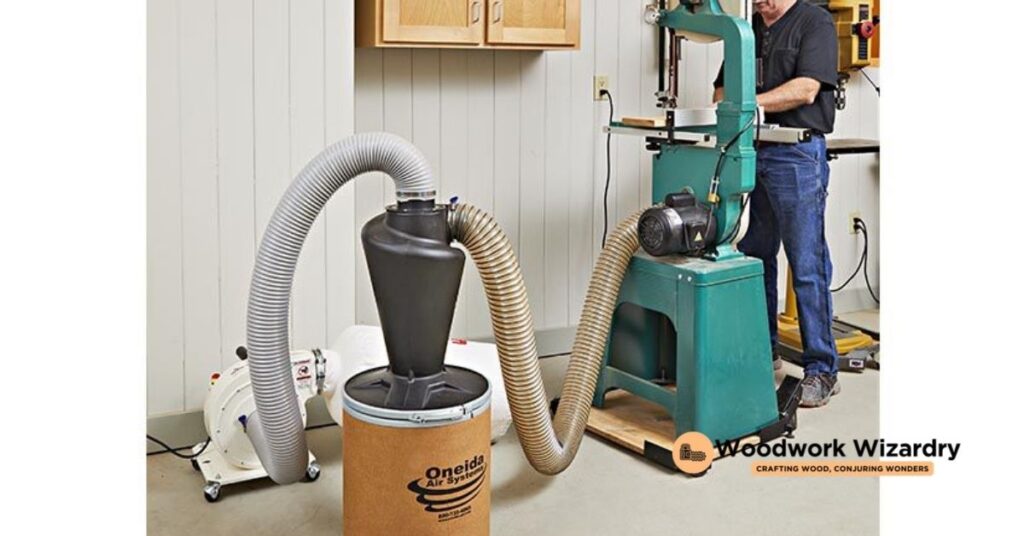
Choosing between a dust extractor and a dust collector involves understanding their costs and related upkeep. Both tools have distinct price points and maintenance needs based on their functionality and design.
Upfront Costs
Dust extractors generally have lower initial costs. These tools, designed for portability and precision, typically fall within the $200-$800 range, depending on size and features like HEPA filtration. Compact designs and less powerful motors contribute to their affordability. For example, a small dust extractor with basic filtration costs closer to $200, while advanced models with enhanced filtration and higher suction power approach $800.
Dust collectors, built for heavy-duty use, require a higher upfront investment. Prices range from $500 to over $2000 as these systems are designed for large capacity and continuous operation. Single-stage dust collectors at the lower end of the spectrum handle moderate workloads, while two-stage models with cyclone capability and higher airflow push costs beyond $1000. Larger workshops needing extensive waste management typically need more expensive systems, including advanced ducting or add-ons.
Maintenance And Replacement Parts
Maintaining a dust extractor is easier due to its compact, modular design. Regularly emptying collection bags or bins minimizes clogs and ensures continuous performance. HEPA filter replacements may cost $30-$100 and are necessary every 3-6 months, depending on usage and the material being collected. Routine cleaning of hoses and checking seals prevents airflow reduction.
Dust collectors require more extensive maintenance. Larger filters and dust bags need periodic cleaning or replacement to uphold efficiency. A standard filter might cost $60-$200, and bags vary from $20 to $50 each. Systems with cyclone separation reduce filter wear but add components like impellers or ducts that might need occasional servicing. If operating in high-dust environments with continuous use, you may encounter additional costs for maintaining ductwork or motor performance.
Understanding these costs and maintenance responsibilities is crucial when deciding which system better aligns with your workspace and budget.
Choosing The Right Option For Your Needs
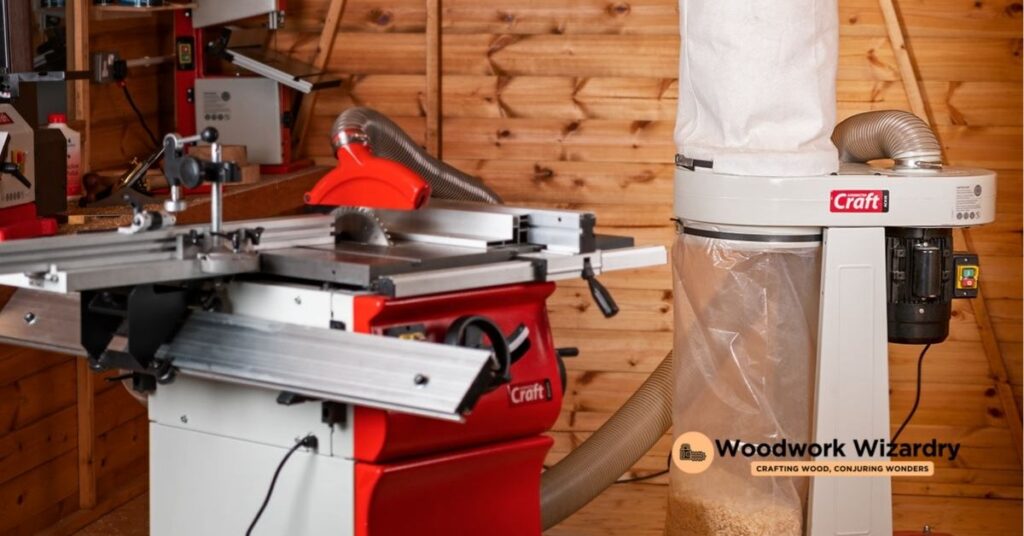
Selecting between a dust extractor and a dust collector depends on your exact requirements. Consider factors such as your workspace, the type and amount of dust produced, and your available budget.
Workplace Environment
Your workspace plays a important role in deciding the right tool. Compact workshops or home garages with limited space may benefit from a dust extractor. These units are portable and can be stored easily when not in use. Larger, dedicated woodworking shops with stationary tools are better suited for dust collectors. Their fixed installations connect seamlessly to large equipment, providing continuous, high-capacity dust management. Evaluate the available space in your work area to guide the choice.
Type Of Dust And Volume Generated
The kind of dust and debris created by your tasks impacts the decision. Fine dust from sanding or drilling operations is best handled by a dust extractor. Equipped with HEPA filters, it can efficiently capture particles and prevent them from spreading. For heavy waste like wood shavings or coarse dust from equipment such as table saws, a dust collector is more effective. Its high airflow capacity ensures large volumes of debris are managed. Understanding the type and quantity of waste your activities generate helps narrow down the appropriate option.
Budget Considerations
Your financial resources influence the right choice for your needs. Dust extractors typically have lower upfront costs, ranging between $200 and $800, making them ideal for smaller operations or hobbyists. On the other hand, dust collectors require an investment starting at $500, potentially exceeding $2000 for high-capacity systems. Maintenance costs also differ, as HEPA filter replacements for dust extractors cost $30 to $100 every few months. Dust collectors incur higher expenses due to larger filters and dust bag maintenance. Align your choice with your budget to ensure affordability.
Conclusion
Choosing between a dust extractor and a dust collector comes down to understanding your exact needs and workspace setup. Whether you prioritize portability, precision, or the capacity to handle heavy dust loads, the right tool will enhance your workspace efficiency and air quality.
By evaluating factors like the type of dust generated, available space, and budget, you can make a confident decision that supports both your health and productivity. Investing in the right system ensures a cleaner, safer, and more effective working environment customized to your unique requirements.

